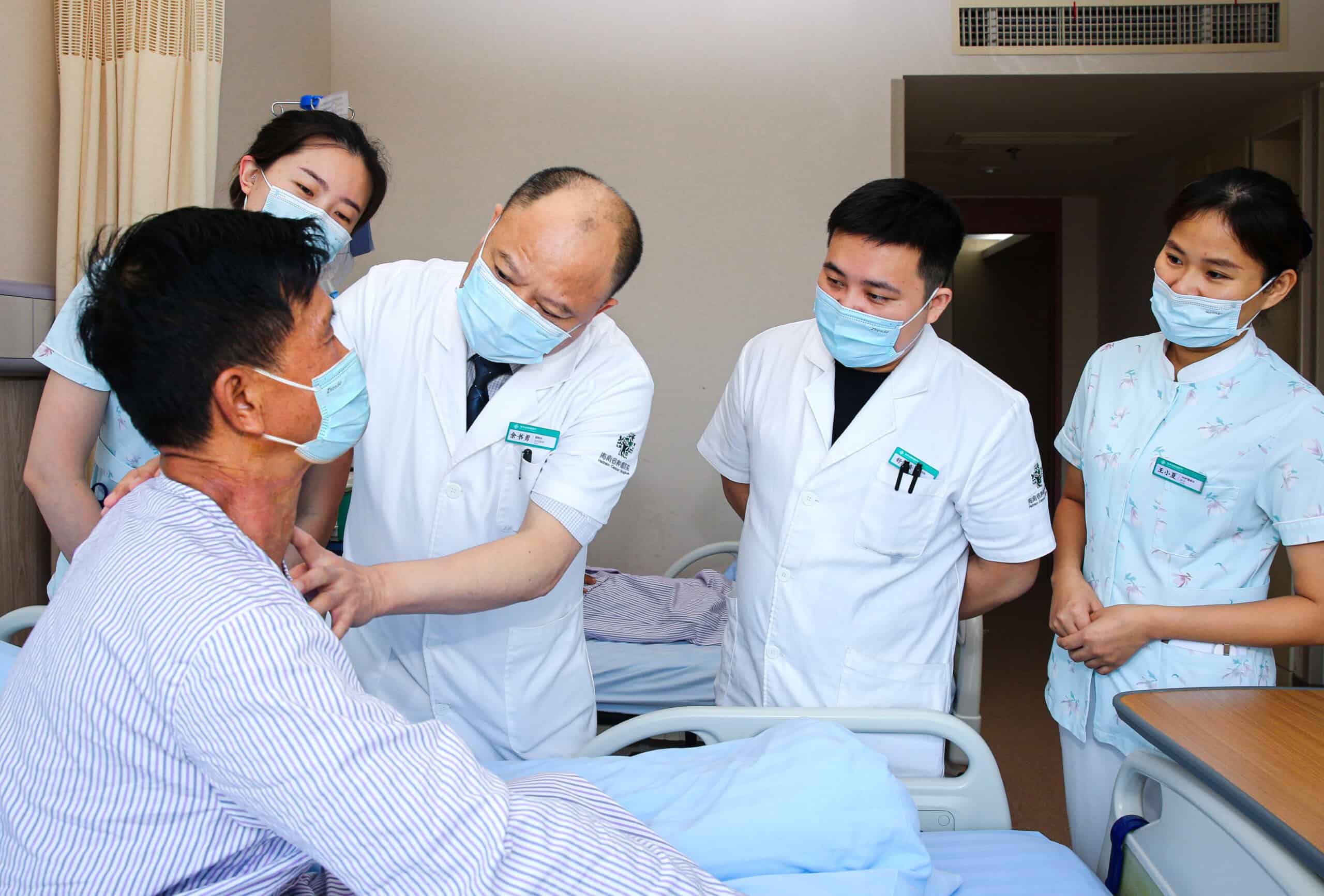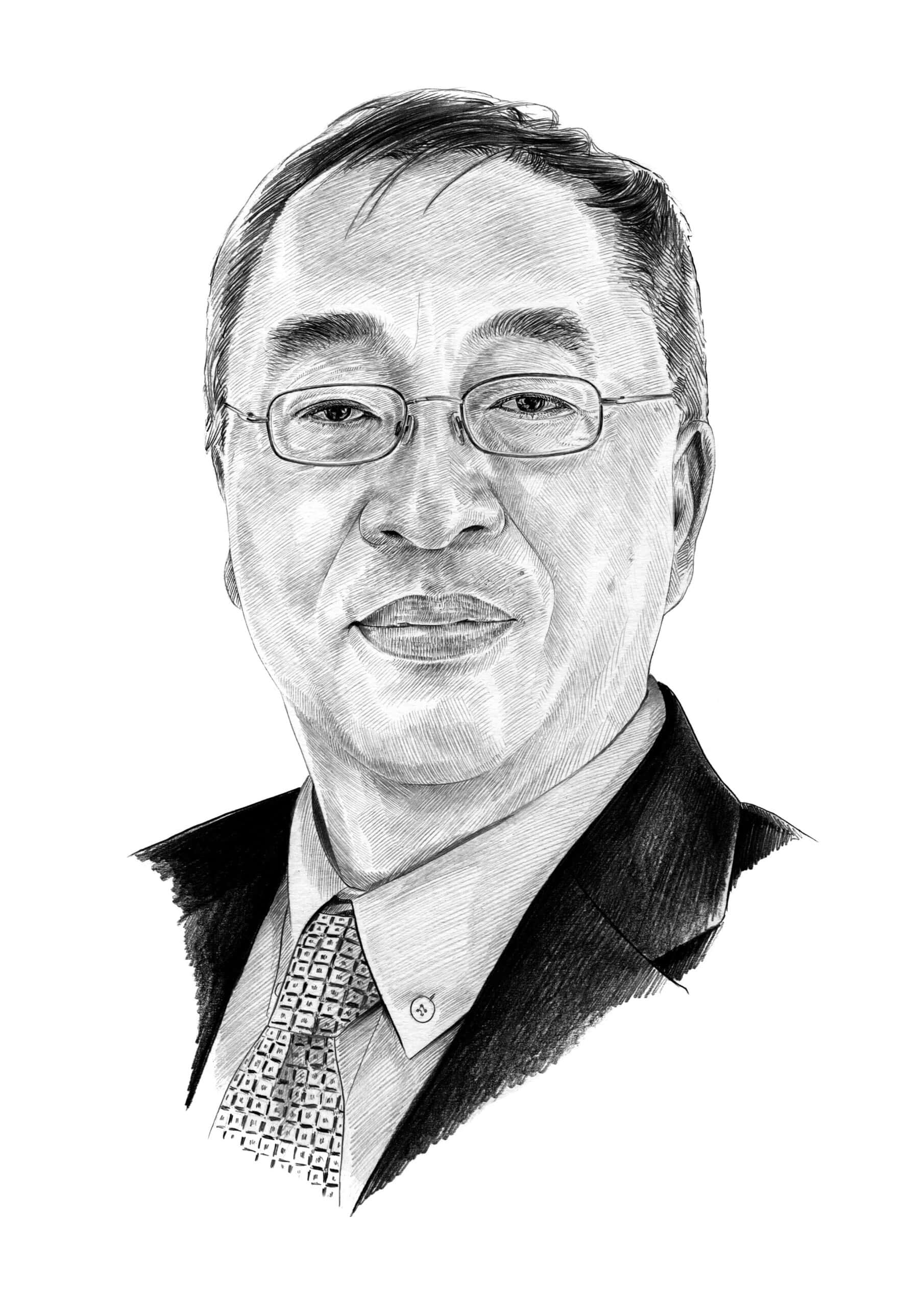
China’s healthcare spending has risen rapidly in recent years, covering a far greater proportion of the country’s vast population than ever before. Even so, it is still falling short of the country’s needs and expectations.
Beijing’s decision to slash payments made to senior citizens by around 70 percent in February brought large crowds of protestors onto the streets in cities from Dalian to Wuhan. Other challenges, from the legacy of Covid to China’s aging demographics, are set to test the robustness of the country’s healthcare system in future.
This week, The Wire explores the remarkable growth of China’s Basic Medical Insurance system and how it stacks up by international standards.
WIDER COVERAGE
In the decades after the founding of the People’s Republic in 1949, China offered its citizens free healthcare through what was known as the Rural Cooperative Medical System. Traveling medical workers, known as barefoot doctors, helped bring care to China’s predominantly rural population — resulting in increased life expectancy and sharply lower infant mortality through to the 1980s, according to a 2005 study published in The New England Journal of Medicine.
But in the 1980s, as Deng Xiaoping marketized China’s economy, Beijing abolished the national medical system and largely transferred responsibility for funding healthcare to local provinces. By 1999, just 7 percent of the nation’s 900 million rural residents had health insurance, according to a 2004 study published in Health Policy and Planning.
A reform effort begun in 1992 eventually grew into China’s modern day Basic Medical Insurance system, which now funds healthcare for more than 1.35 billion people — making it by far the world’s largest public health insurance system, according to a study by Baokang Yi of China’s National Healthcare Security Administration.
The system is divided into two parts, as shown below:

Together, these two systems cover insurance for 95 percent of the population, according to data from the China Health and Nutrition Survey; the remaining 5 percent largely consists of China’s “floating population,” or migrant workers from rural areas who typically move to work in large cities. China has thus achieved nearly-universal coverage in the span of just twenty years — “a great achievement,” according to Shenglan Tang, a professor at Duke University.
“No country, particularly [other] populous countries, in the world could achieve such an expansion of the population covered by insurance within a very short period,” he says.

BIG SPENDING
China’s annual government healthcare spending has increased by roughly ninefold to nearly $350 billion since the year 2000, according to figures from the World Health Organization. This increase far outpaces that of any other major economy, although most still spend a much greater percentage of their GDP on healthcare — in some cases, more than twice as much as China’s roughly 4 percent.

MAKING UP THE DIFFERENCE
Despite its rapid expansion, the Chinese health insurance system still also covers a much lower percentage of medical expenses than equivalent systems elsewhere: Chinese people on average pay more than 35 percent of their healthcare costs out-of-pocket, according to figures from the OECD and the WHO.
In developed countries with universal public health insurance, enrolled citizens on average pay a much smaller percentage — in Japan, for example, the figure is about 13 percent, while in the United States, which does not have universal public healthcare, residents pay about 11 percent of their health care costs themselves.
Such personal costs are also higher in China than in countries with a similar level of development. Healthcare consumers in Brazil, which has nearly the same GDP per capita as China, pay only around 22 percent of their healthcare costs out-of-pocket. Although the World Bank considers China to be an upper middle income country, based on its level of development, its out-of-pocket spending on healthcare is much closer to the average for lower income countries, at 42 percent.

The modest levels of financial contributions from employers, individual premiums and government subsidies to China’s health insurance scheme contributes to higher individual costs, says Shenglan Tang. Each urban employee has access to a personal medical savings account, which contains funds that can only be used to pay for medication and outpatient care.
“People with chronic diseases like diabetes and cancers spend the money from their personal medical savings account quickly. So after they use this money from their medical savings account, they have to pay out of pocket,” he says.
Meanwhile, healthy people who do not need to purchase medication for chronic diseases tend not use the funds in their accounts, leading to inefficiency across the urban employees insurance system. These costs weigh heavily on the elderly, patients with chronic diseases, and the poor, exacerbating inequities, Tang says.
UNHEALTHY OUTLOOK
China’s health insurance system is likely to come under major financial strain due to the country’s rapidly aging population. The number of Chinese citizens aged 60 and older is expected to nearly double by 2040, to over 402 million people, comprising 28 percent of the population. Caring for older citizens with chronic conditions is costly, and retirees pay less in health insurance than they receive in benefits.
The recent slowdown in Chinese GDP growth also threatens China’s ability to keep increasing healthcare spending at the rate needed to catch up with its peers.
“The growth of healthcare costs always average 9 to 10 percent. That’s going to be affordable when the economy grows quickly,” Tang says. “But these days, I don’t think that they can afford the rapid rise of healthcare costs.”

Isaiah Schrader is a DC-based summer staff writer at The Wire and a PhD candidate at Harvard University, where he researches China’s legal and economic history. His writing has appeared in the South China Morning Post, and he has contributed to the PBS NewsHour’s coverage of China. @isaiahmschrader



